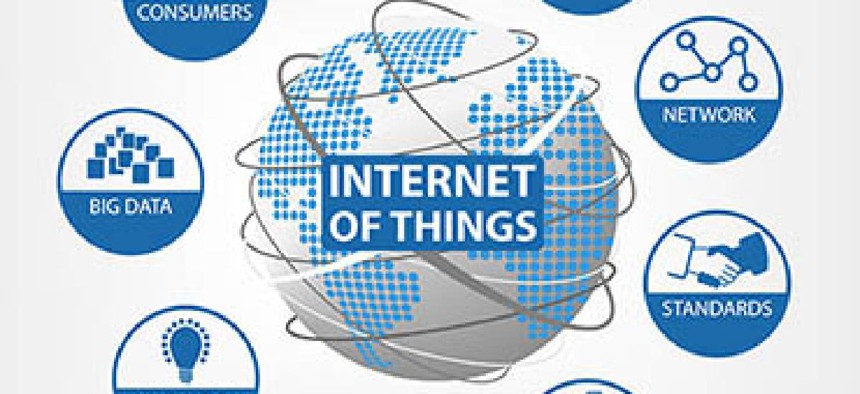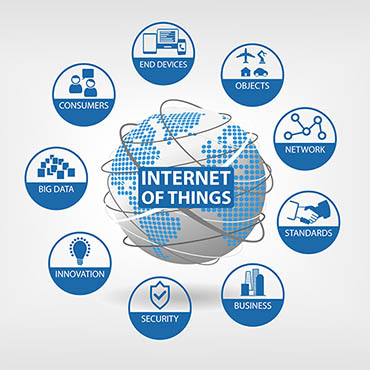Not enough hype for the IoT?

A new report says the seemingly over-hyped Internet of Things might actually be under-hyped.

What: The McKinsey Global Institute’s “The Internet of Things: Mapping the Value beyond the Hype”
Why: According to the report, the Internet of Things will have an economic value between $3.9 trillion and $11.1 trillion per year by 2025, or about 11 percent of the global economy.
The study established nine different settings across which the IoT would have an impact, including people, cities, factories, worksites and offices. Factories and cities are predicted to benefit the most from the IoT, with factory-related value estimated to be between $1.2 trillion and $3.7 trillion by 2025 and city-related value estimated to reach between $900 billion and $1.6 trillion.
The value of the IoT is multiplied as systems communicate with each other, meaning that interoperability is essential to utilizing the potential of the IoT—40 percent of the potential value of the IoT is tied into interoperability, found the report. Another finding was that much of the data generated by the IoT is not used, and that it can be; for example, using performance data to drive optimization is one area in which the IoT can be leveraged more effectively, a particularly relevant notion for government.
And government will need to play a role in regulating the collection, sharing and use of IoT data, and in addressing security. With so many novel vulnerabilities in systems that include entities such as water treatment plants and the electric grid, breaches could lead to physical harm, the report said. Interoperability is another paradigm in which the government can help by creating standards, either as a regulator or as a “convener of stakeholders,” said the study.
Verbatim: “[T]he hype may actually understate the full potential of the Internet of Things—but that capturing the maximum benefits will require an understanding of where real value can be created and successfully addressing a set of systems issues, including interoperability.”
Full Report: Read the full report here.


